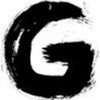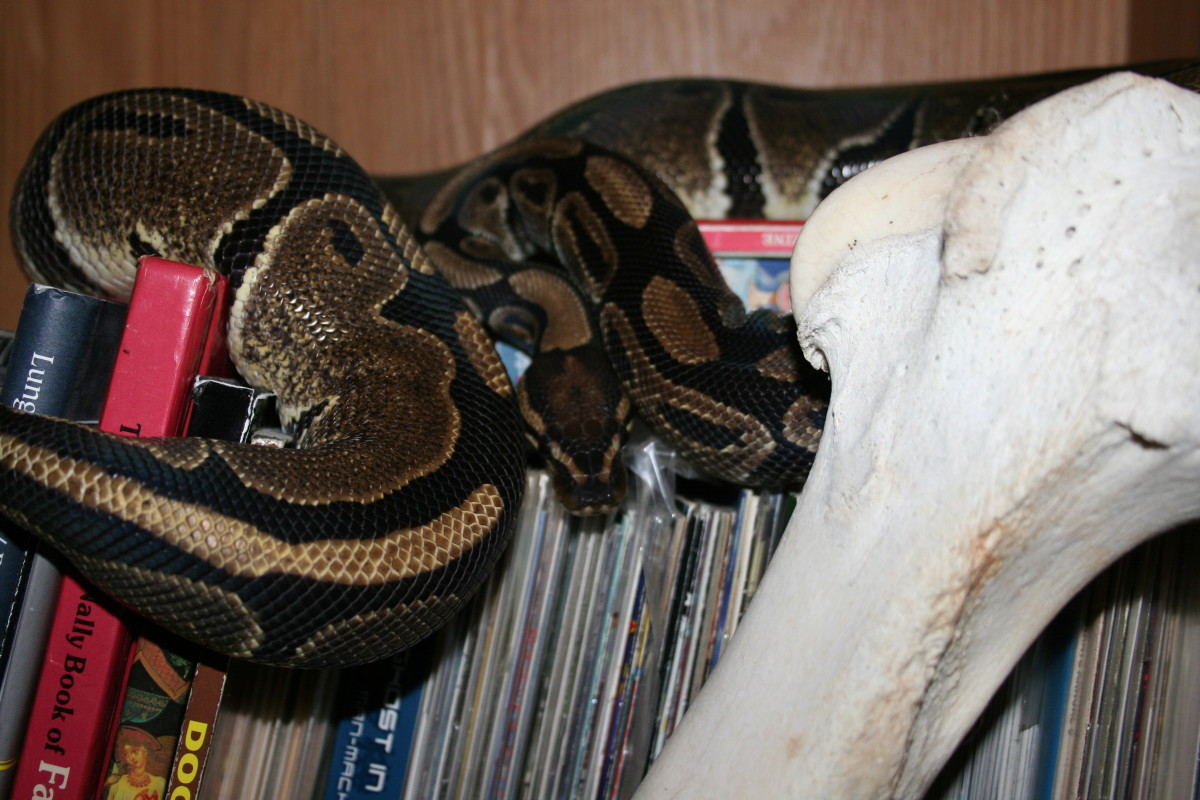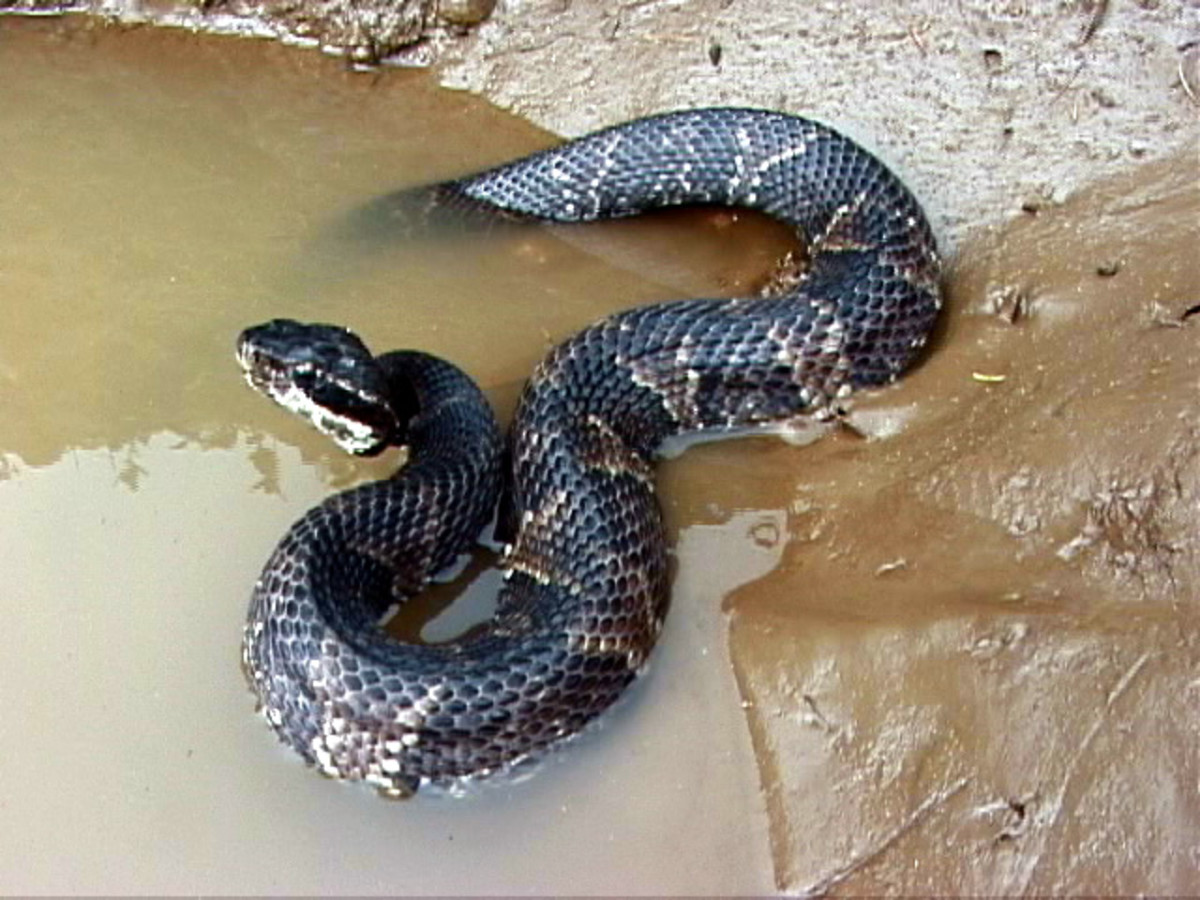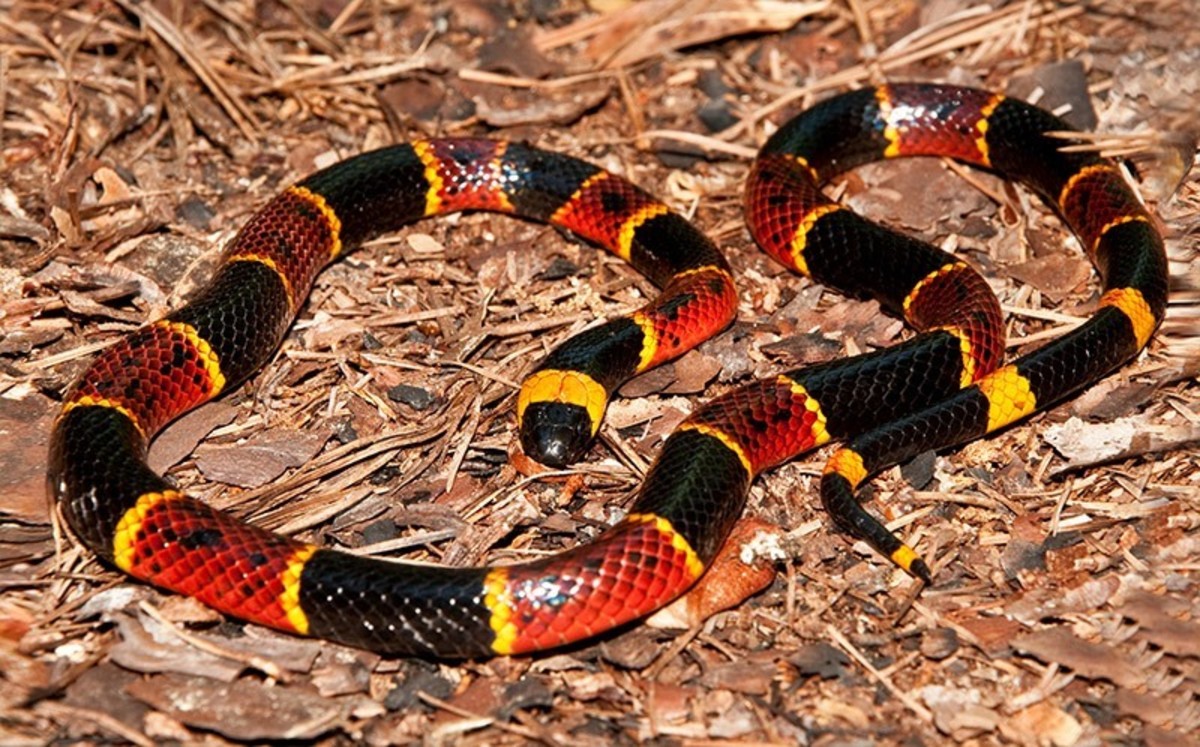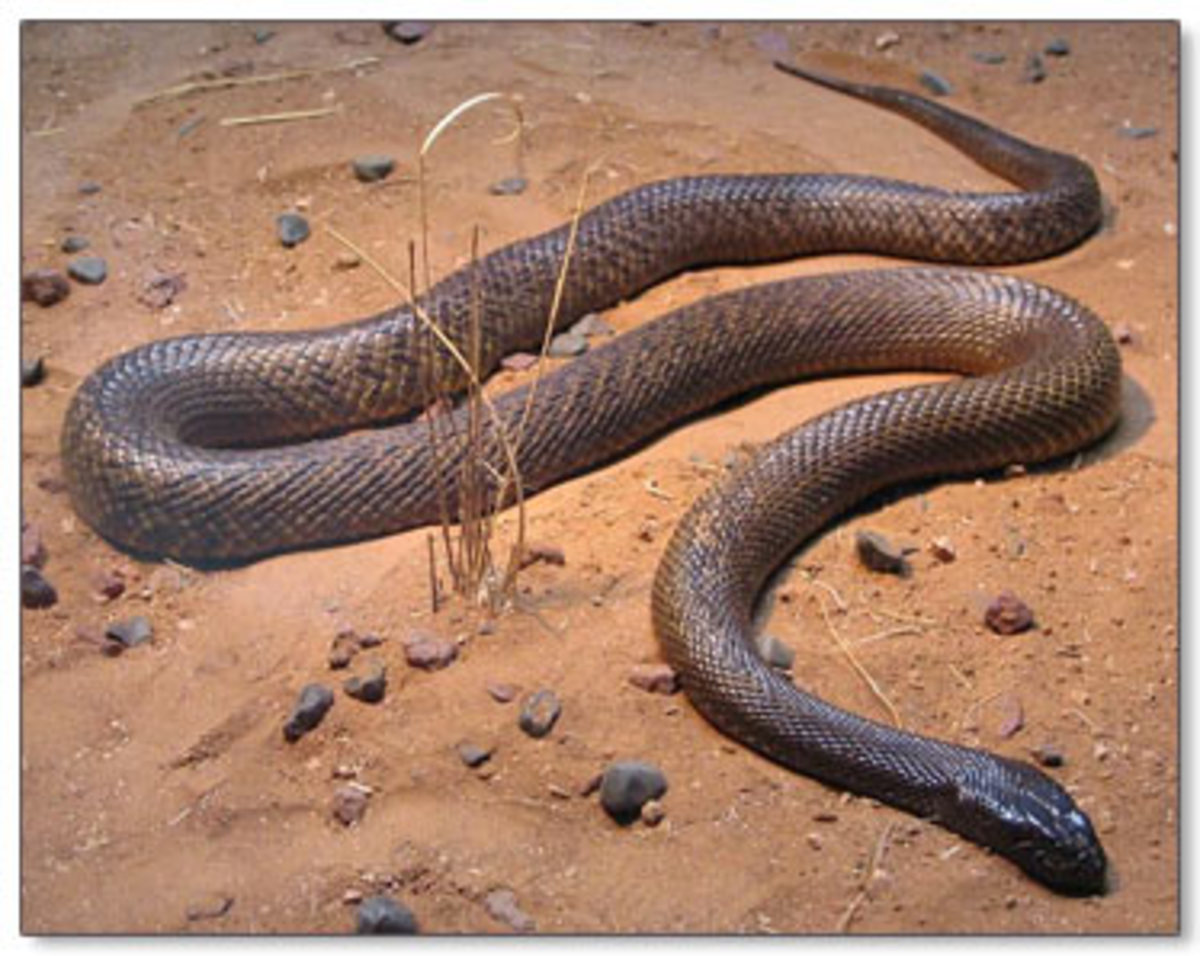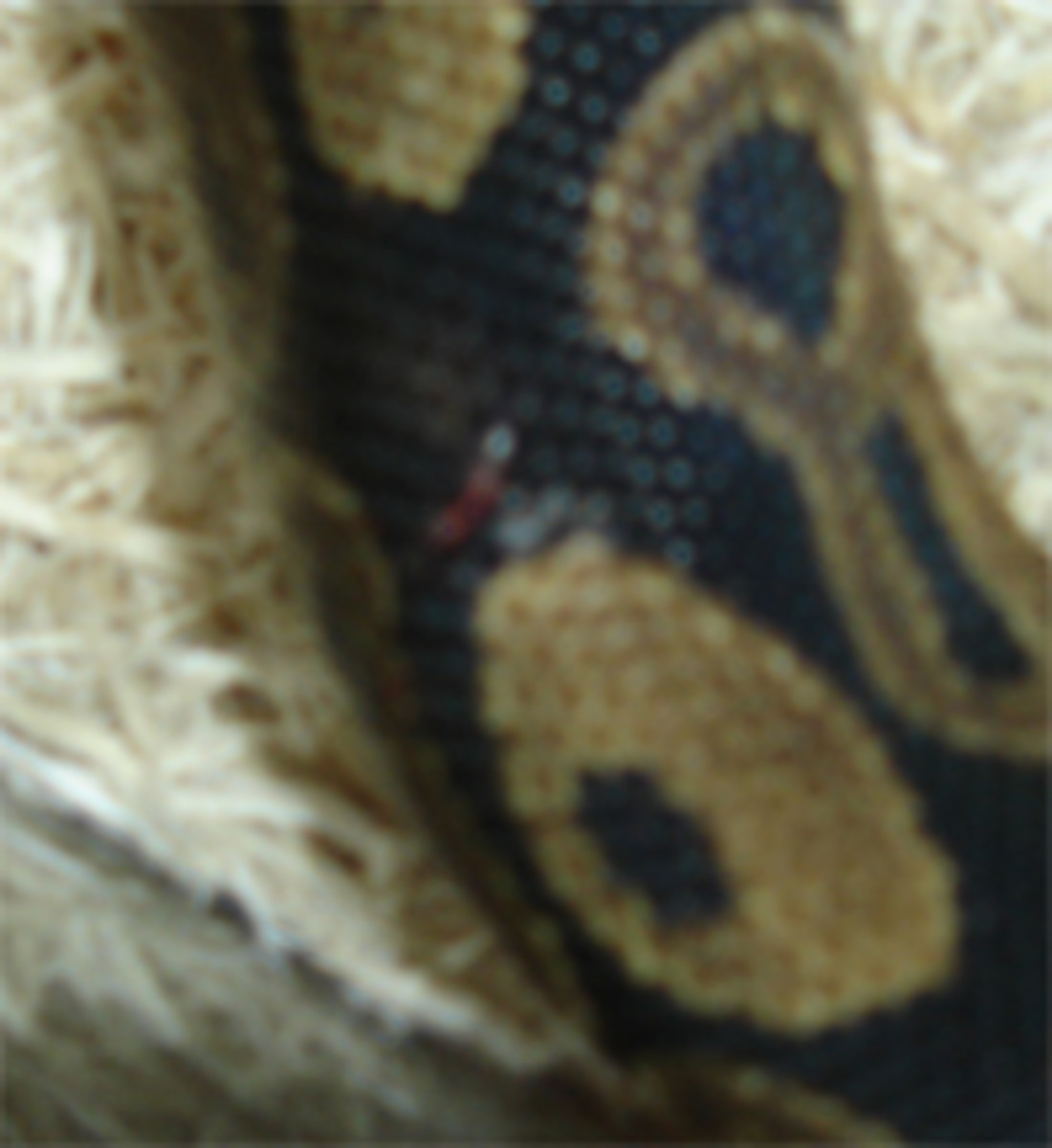How to Remove Retained Eye Caps on Ball Pythons
Although a retained shed does not sound like a health problem, it can become one if the stuck parts of the shed are not removed. Retained sheds are a sign of low humidity or dehydration. Several problems can arise from improper shedding. Occasionally, the shed will begin to come off perfectly and "roll" down the snake's body, but it will not roll off all the way. It will stop part way down, leaving a tight band of skin around the snake. This band can prevent the snake from eating, as well as cause decreased blood flow to areas below the constriction. This can lead to serious and sometimes fatal problems.
Tail tips that do not shed off all the way build up over time. The tip will become constricted, die, and come off due to blood loss to the area. This can also happen to the spurs. Often, the base of the spur will have layers of dead skin adhered to it that failed to properly come off. After time, these layers will eventually cause the spur to come off the snake. Skin that is adhered to the base of the spurs must be thoroughly soaked and carefully removed to prevent damage to the spur.
There may be times when your ball python will only shed in patches. You will need to remove skin that remains on the snake. If left on the snake and allowed to build up with subsequent sheds, it will cause damage to the scales underneath.
Remove patches of shed skin using a damp washcloth or other appropriate cloth designated for the removal of retained skin. Use tepid water and allow the snake to crawl through the damp cloth. The skin should come off on the cloth. Occasionally, with really stubborn skin, you may need to carefully peel it off by hand. This is best done using plenty of water. Use mildly warm water, get the snake wet, and gently rub the skin off. In some cases, you may need to rub the skin off while holding the area under running water.
Retained eye caps must also be removed. If eye caps are allowed to build up on the eye, eventually the eye will be damaged. Most eye caps are easily removed with a damp cotton swab gently rubbed over the surface of the eye. You can also use a damp finger and gently rub it over the eye. Usually, the eye cap just pops right off.
Make sure there is indeed a retained eye cap on the eye before trying to remove it. Many times, retained eye caps can be identified by noticing that the eye is a different color than the other eye. Sometimes a rim of stuck shed skin will be visible around the eye. Check for these clues before assuming that you have a stuck eye cap. A dented or creased look to the eye is not a sign of a retained eye cap. If the eye cap is stubborn and will not come off, you may need to take your snake to the veterinarian for assistance.
The best way to prevent bad sheds is to provide your ball python with adequate humidity and plenty of fresh water. This does not mean that you have to keep a very large water dish in the enclosure. A modest-sized water dish will work fine, but always make sure that there is clean water in the bowl. Fresh water in the cage will encourage the snake to remain properly hydrated, and that is the first line of defense against the bad shed.
In cage setups where there is a never-ending battle to provide adequate humidity, providing your snake with a shed box may be the best solution.
- Hatchling Ball Pythons Care Tips
Hatchling ball pythons must be housed in their own separate cages. Failure to house them separately may result in some or all of them refusing to feed. There have also been rare instances of cannibalism among... - How to Help Your Ball Python Shed His Skin
Several times a year, your snake will need to shed its skin. Snakes shed their entire skin as they grow; they shed more frequently as rapidly growing juveniles and shed less frequently as slower growing...
